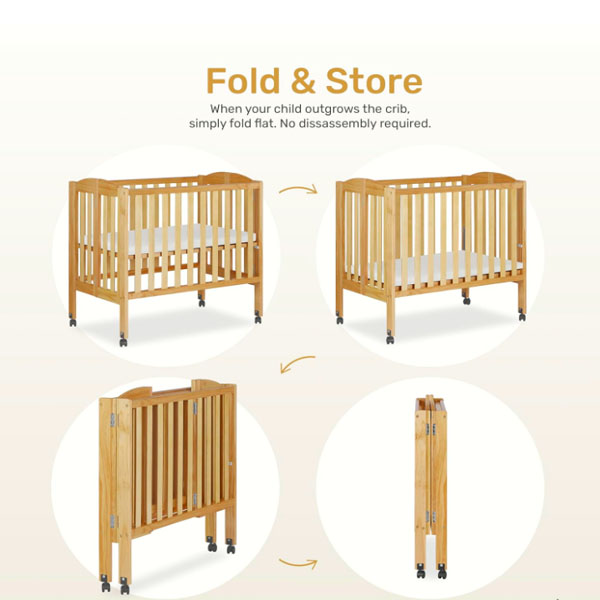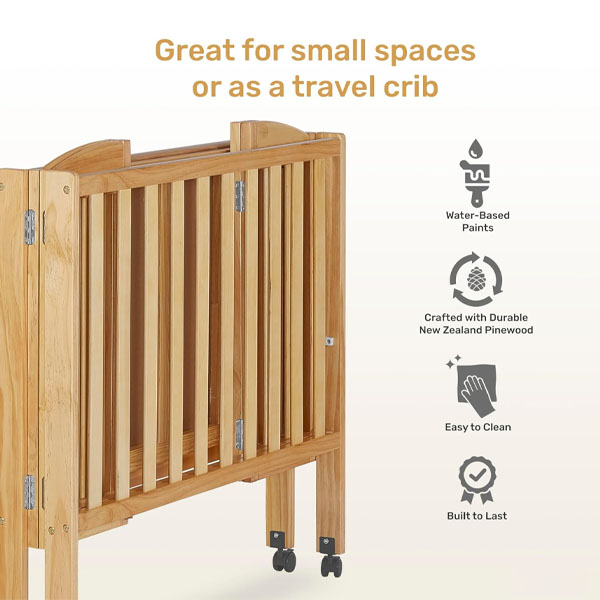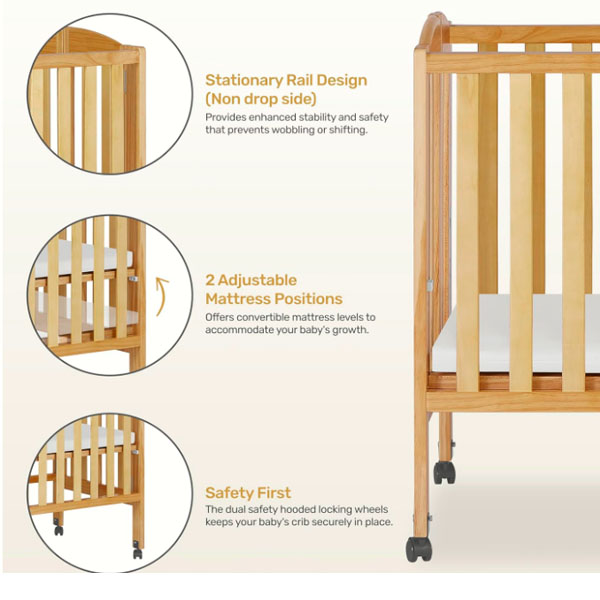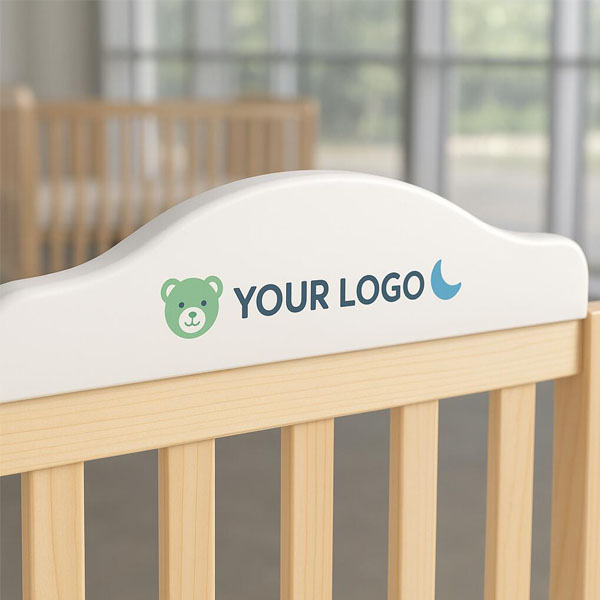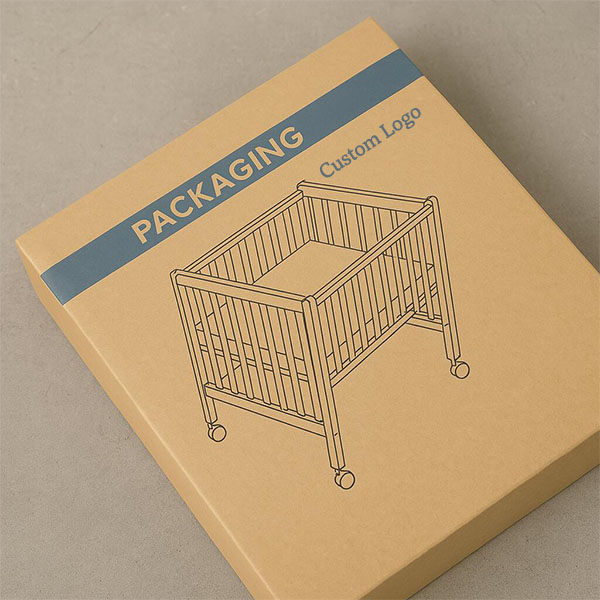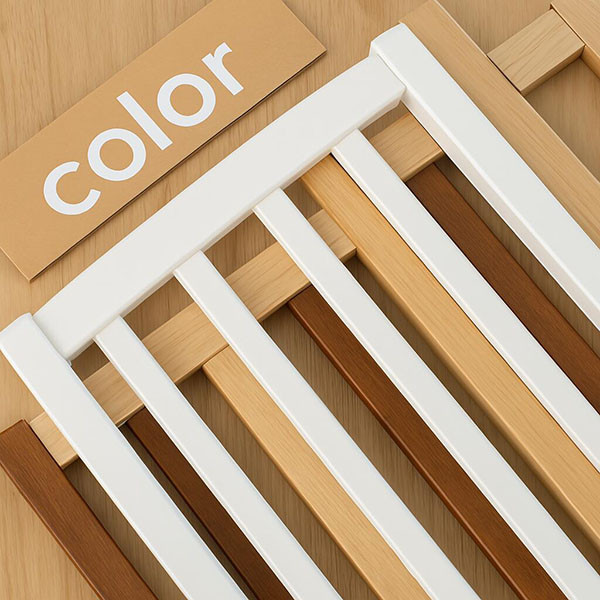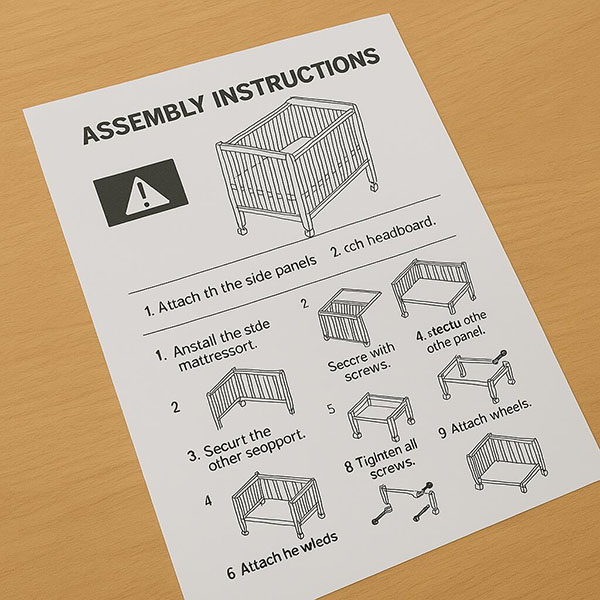What you should know when buying a Moses basket
Newborns sleep a lot—but not always where or when you expect. A Moses basket offers an easy, portable way to keep baby close and safe during those early weeks.
A Moses basket is a small, portable baby bed used for newborns up to 3–4 months old. It should be firm, breathable, and safe. Choose natural materials and stable construction.
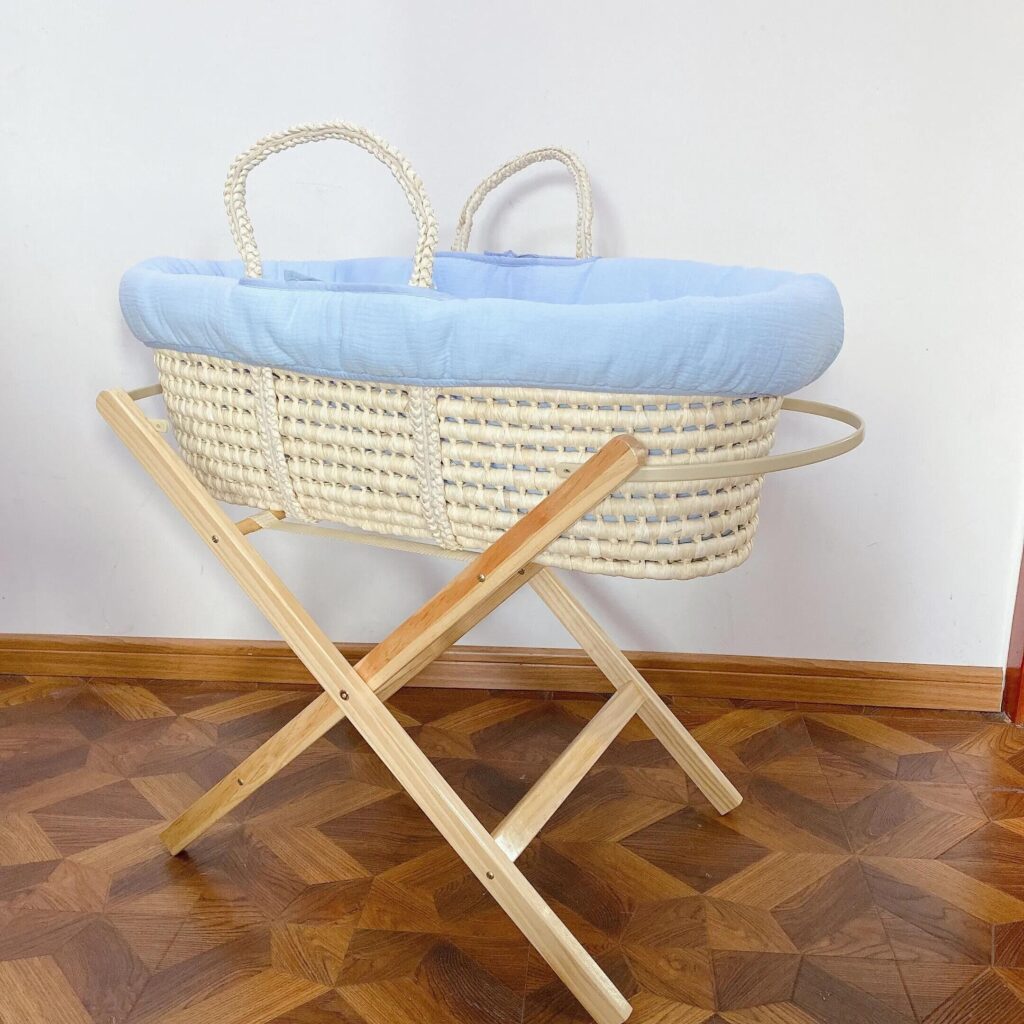
There’s more to it than picking a cute design. Let’s look at what actually matters when buying a Moses basket—for your baby’s safety, your peace of mind, and your wallet.
What is a Moses basket and why use one?
Most parents want baby close, but not everyone has room for a crib.
A Moses basket is a compact, portable bassinet often made of natural materials, used for babies in their first months.

Helps keep baby close without needing a full crib
In those early days, I didn’t want to walk across the house for every feed. A Moses basket let me move my sleeping baby from room to room. I’d keep her beside me while cooking, working, or resting.
It’s lighter than a bassinet and easier to move than a crib. Some even come with rocking stands, which help soothe your baby without taking up extra space.
| Sleep Solution | Portability | Size | Use Duration |
|---|---|---|---|
| Moses Basket | High | Small | 0–3 months |
| Crib | None | Large | 0–24+ months |
| Bassinet | Medium | Medium | 0–5 months |
Offers a cozy sleep space for newborns
Babies like snug spaces—they just came from the womb, after all. A Moses basket mimics that feeling with a secure, gentle enclosure. This helped my baby settle faster and feel more secure during the day.
The small size discourages dangerous sleep positions and makes it easier to keep bedding minimal. You’ll still need to follow safe sleep guidelines, but the design helps.
What materials are Moses baskets made of?
Materials aren’t just about style—they affect breathability and durability.
Moses baskets are made from palm, maize, wicker, or synthetics. Liners are usually cotton or polyester, and mattresses often have foam or coir cores.
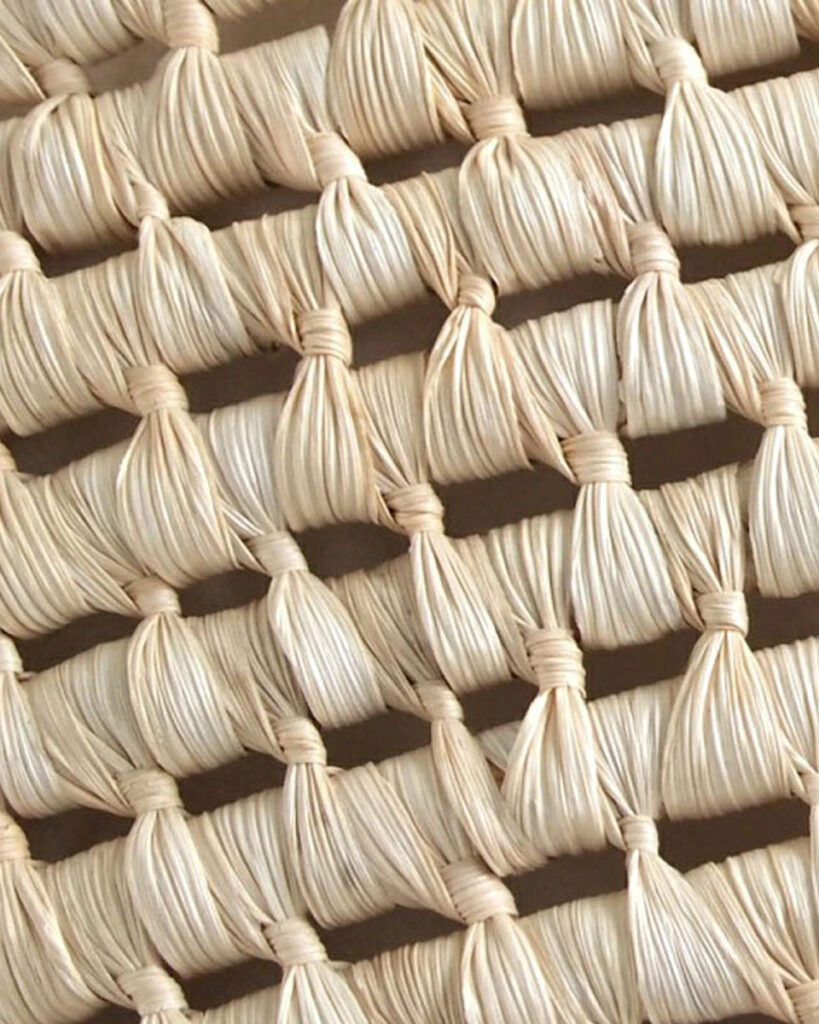
Choose breathable, natural fibers when possible
Palm is the most common—it’s soft, flexible, and naturally breathable. I used one with palm fibers and liked that it made almost no noise when moving it. Maize is a little stiffer but still natural. Wicker is very strong but can be rougher and heavier.
Synthetic baskets are more modern, often washable, but they don’t always allow enough airflow. I avoided these unless they were mesh-based and certified for safety.
| Material Type | Pros | Cons |
|---|---|---|
| Palm | Soft, quiet, light | Less durable |
| Maize | Stronger than palm | Slightly rigid |
| Wicker | Very durable | Can be rough |
| Synthetic | Easy to clean | Less breathable |
Don’t forget mattress and liner quality
The basket is just the shell. You’ll also want to check the inside.
A good Moses basket includes a firm, snug-fitting mattress with a breathable liner. I preferred cotton liners—they’re gentle and easy to wash. Some brands include foam mattresses, while others use coir (coconut fiber) for a natural, firm feel.
Whatever you choose, make sure everything fits perfectly. No gaps between mattress and basket sides. Gaps = danger.
How long can a baby use a Moses basket?
Parents often overestimate how long their baby will fit in one.
A Moses basket is safe until your baby starts rolling, pushing up, or reaches 3–4 months—whichever comes first.

Know the warning signs that it’s time to stop
At around 10–12 weeks, I noticed my daughter kicking and twisting more in her sleep. That’s when I knew it was time to move on. Once babies start to roll or push up, they could flip the basket or suffocate.
Manufacturers list weight limits (often 15–20 lbs), but mobility is the real sign. Always follow your baby’s development, not just the calendar.
| Baby Skill | Safe in Basket? |
|---|---|
| Lying still | Yes |
| Rolling | No |
| Pushing up | No |
| Sitting unaided | No |
Plan your next sleep setup early
You won’t use the basket for long. I started shopping for a crib around the 2-month mark. Some parents move to a bedside sleeper or pack ‘n play.
I also repurposed the Moses basket as toy storage after. Some families pass theirs down or use them for dolls later.
What safety features should I look for?
All baskets are not made equal. Safety should always come first.
Look for breathable sides, firm mattress, secure handles, and a stand that fits tightly.
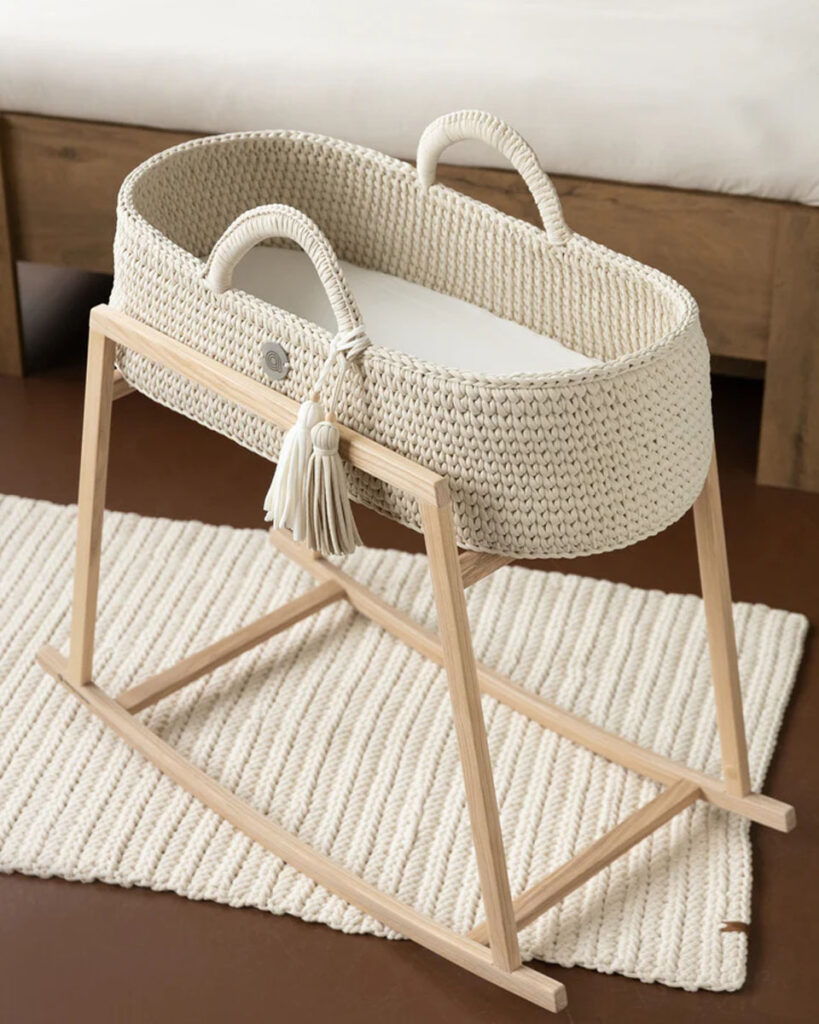
Breathability is #1
The sides should be woven to allow airflow. If your baby’s face gets pressed against the wall, they need to breathe through it. Avoid baskets with thick padding or fabric that could trap air.
Check for sharp edges, fraying material, or splinters. I ran my hands over the surface before using mine to be sure.
Stable design and carry handles
Some baskets come with stands—just make sure they’re wide enough and lock securely. A bad stand is worse than none.
Handles should be stitched into the basket itself, not just glued or woven through loosely. And always support the base with one hand when carrying—never trust handles alone with a baby inside.
Is a Moses basket worth it?
They’re cute—but is it a need or just a nice-to-have?
A Moses basket is worth it if you want a portable, space-saving sleep space for the first 2–3 months.

It depends on your space and lifestyle
If you live in a small apartment or want something to move from room to room, a Moses basket is ideal. I found it more useful than expected—I used it for naps, night sleep, and even travel.
But if you already have a bassinet or bedside crib, it might be redundant.
| Situation | Moses Basket Useful? |
|---|---|
| Small home | Yes |
| Travel often | Yes |
| Already have bassinet | Maybe not |
| Budget is tight | Depends |
Don’t overspend—go for function
Some baskets cost $50. Some cost $300. My advice? Pick one that’s breathable, stable, and easy to clean. I got a mid-range model and it worked great.
Designer options might look better, but babies don’t care. As long as it’s safe, the style is up to you.
Conclusion
Choose a Moses basket that’s breathable, firm, and safe—and stop using it once your baby starts moving. It’s a short-term item, but for many, it’s totally worth it.




